Many of the buildings that make up Southern Illinois University Carbondale are architectural gems. But these relics of the past are expensive to upkeep, and some are in serious disrepair.
An Excel spreadsheet detailing maintenance requests obtained from Southern Illinois University’s Facilities and Energy Management shed light on the extent of the problem.
The maintenance log, obtained under the Illinois Freedom of Information Act, shows the types of concerns that have prompted students and faculty to call campus maintenance. They include dozens of instances of plumbing troubles, water damage, heating and cooling issues, mold, insects and more spanning from 2019 to 2022. In total, facilities management fielded 16,384 different requests over that time frame.
Advertisement
Much of the problem is attributable to a backlog of needed repairs, technically known as deferred maintenance. Susan Simmers, vice chancellor for administration and finance, said that deferred maintenance at higher education institutions “refers to repairs and upkeep of assets and infrastructure that are rescheduled into the future due to limited resources.”
“These repairs typically include items that are essential for maintaining the structural integrity and usability of buildings, such as roofs, HVAC systems, windows and exterior structure maintenance,” she said in a statement. “SIU prioritizes repairs that directly address health and safety concerns.”
While the university has promised to update campus infrastructure in the coming years, the issue seems to have reached a boiling point as faculty and students are noticing the dire state of buildings all over campus.
Faner Hall
Faner Hall, which was built in 1974, shows up in the reports as a repeat offender. It popped up 547 times. Issues prompting calls from faculty, students and staff included plumbing issues, electrical problems, ventilation troubles and concerns about the temperature inside the building. One student, who asked that her name be withheld, who worked in the building, said it was “steaming hot in there” in the summer. “When I tell you it was steaming hot in there … like it was hot.”
“It was just not a conducive area for me as a person to work at,” the student said. “Like there would be times where I would just have to step out to just get a cool period,” she said, noting that a co-worker was asthmatic, and for her, it was particularly problematic.
“There’s been a lot of insects. A lot of roaches. When I come back to the office, I’ll literally find like two to three roaches on the ground,” explained the student. “I actually even took a roach home. Cause I had my bag on the floor and I was doing work on the computer. I didn’t even know till I got home and I just saw something crawl out of my bookbag. I was so terrified,”
Advertisement*
Alyssa Poker, a student at SIUC, has to go to Faner Hall repeatedly, as many of her classes meet inside the building. Faner is a concern for her, too.
“I’ve had almost all of my classes in Faner every single semester, and I’ve noticed one of the biggest issues is water damage. And water damage always leads to mold if it’s not dealt with properly,” Poker said. “If you look at the tiles, there’s water damage marks in like every classroom. I’ve been in a classroom in Faner, I think it was on the second floor, that’s where most of my classes are, where there was mold on the walls. It was kind of concerning, cause I don’t really want to be in a classroom where there’s mold,”
Health Concerns
Building issues extend beyond Faner Hall, and some of the issues pose health risks. Two of the biggest concerns for those calling the maintenance department: mold and bugs.
In the same maintenance log, there were 55 complaints about mold across campus buildings and 324 instances of complaints regarding water leaks. There were 24 instances of complaints regarding various insects.
One professor who works in the Communications Building and asked that her name be withheld, said that she wears a mask in her office “because the air quality is so poor.” “If I don’t wear a mask, I get stuffy and cough. If I wear a mask it’s better,” she said.
“The university takes health-related concerns seriously,” Simmers said. “Our deferred maintenance planning prioritizes repairs that address health and safety issues. If individuals experience issues such as mold, insects or temperature concerns, they are encouraged to reach out to foc.facilities@siu.edu and the university will promptly investigate and address these matter,”
Academic Disruptions
The troubling state of campus buildings is also affecting classroom instruction, the records and various interviews indicate.
“Some of the tech in the COMM building is outdated and can be finicky,” said Justin Young, assistant lecturer in Communication Studies. “Projectors not working or sound not working has been an issue a few times for a class. I will add that SalukiTech has generally been very fast in responding and fixing it after the class, but obviously it’s a little late then for that day.”
The Communications building in particular seems to be in dire need of an update. Nearly four years ago, Gov. J.B. Pritzker announced that the state would invest $84 million into upgrading the building, which was constructed in 1964. But the project has faced numerous delays, leading to frustrations.
Technology concerns appear to be widespread. Poker explained her experience with poor internet around campus, which inhibited her ability to do classwork.
“I think the worst classroom I have experienced internet issues with is Lawson. It may just be a personal thing, but I can’t use my phone at all when I’m in Lawson and my computer never works. I have a really big classroom in Lawson, of maybe 100 people. We have to take attendance on our laptops and we have probably half the class, every single day, that can’t take attendance because the internet doesn’t load anything.”
Simmers said that campus officials are “aware of these concerns, and we are working to address them.”
“While balancing needs with available funds will always be necessary, SIU identified technology infrastructure investments as part of its Imagine 2030 strategic plan,” she said. “The Office of Information Technology (OIT) partners with academic and administrative units on campus to prioritize technology improvements for labs, classrooms and offices. In addition, OIT uses input from students provided through surveys, focus groups, etc. to identify student-focused infrastructure priorities.”
Simmers said that in the last four fiscal years, SIU has replaced network and Wi-Fi infrastructure in residence halls, upgraded Wi-Fi throughout academic buildings and replaced computers in the computer learning centers, Morris Library and math tutoring center labs.
“If someone has specific concerns about technology, it is recommended to work with the leadership in the specific campus area to address and improve the situation,” she added.
Campus Housing
For the students who live in campus housing, the poor building conditions don’t stop when they leave the classroom. A separate maintenance log maintained by University Housing shows that many of the same issues – water leaks, mold and bugs, for example – extend to living quarters as well. Between 2019 to 2023, students logged 1,068 instances of requests pertaining to bugs or insects, 2,091 maintenance requests regarding heating, 424 requests regarding mold and 5,470 maintenance requests regarding plumbing, according to the records, also obtained under the Freedom of Information Act.
Josh Bello, who recently worked as a resident advisor, said he fielded a multitude of complaints from student residents.
“Many of the water fountains are still turned off or are not working. There were many complaints about roaches and wasps in people’s rooms. There were a couple of instances of rooms flooding from broken or clogged pipes,” Bello said.
Janiyah Gaston, a SIUC student who stays in Schneider Hall, said she’s had numerous issues with plumbing in the building. “So like one day my shower was leaking, apparently, to the next floor down. So maintenance had to come up and fix that. And now, me and my suitemates, our toilet is leaking. So that’s a concern I have because my plumbing should be working and I shouldn’t have to worry about water leaking or anything like that,” she said.
She’s also been bothered by the bugs.
“The towers, they do have a ladybug issue. So I had like, ladybug after ladybug in my dorm,” Gaston said. “I think I sent like four maintenance requests for them to sweep and vacuum. After the fourth one they put like this little stopper under my door which had been allowing the ladybugs to come in. So, after that I didn’t have that problem anymore.”
Gaston explained that maintenance was usually on top of the requests and got each problem fixed quickly. However, she added that due to the structure being so old, maintenance was a common need.
Schneider Hall was constructed in 1968.
Indeed, many of the buildings on campus were constructed a long time ago. While the university has been steadily updating campus infrastructure and has plans to continue doing so, that hasn’t stopped faculty and students from noticing the cracks and leaks which currently plague the campus.
Advertisement



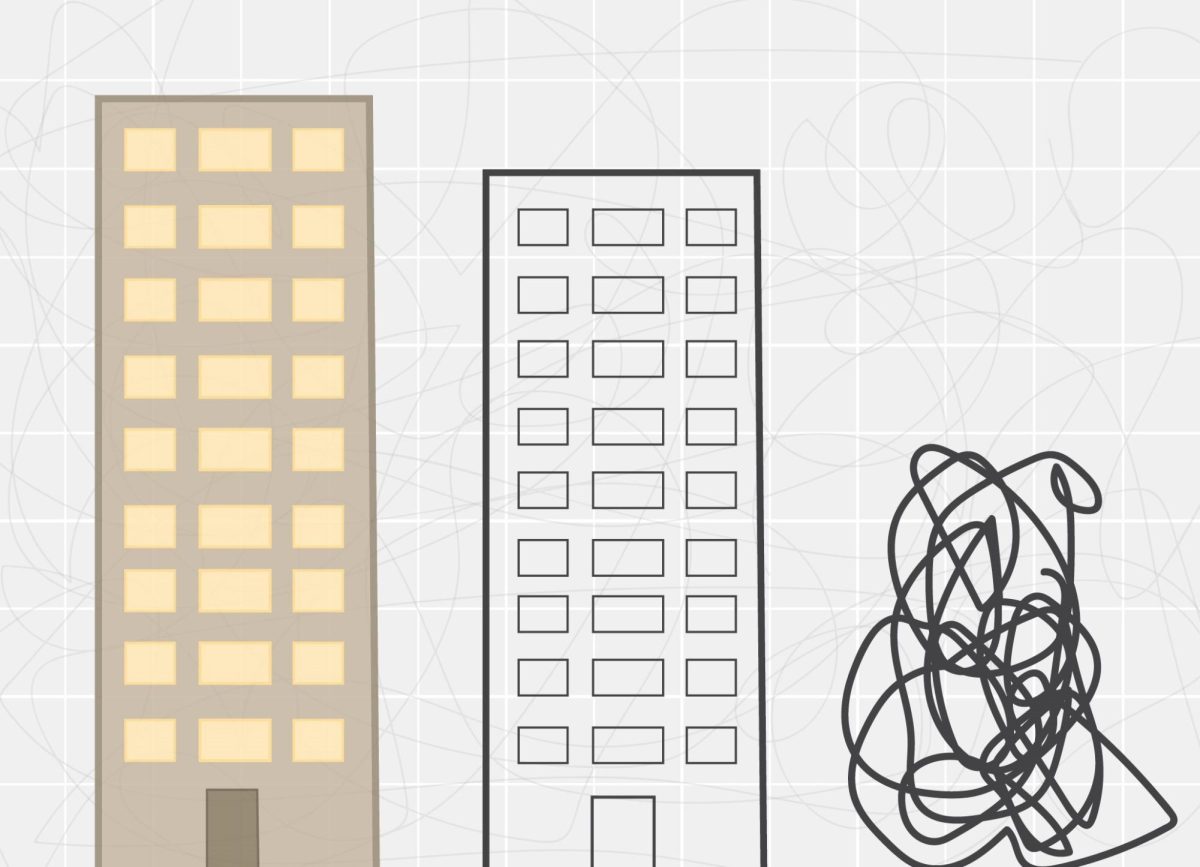




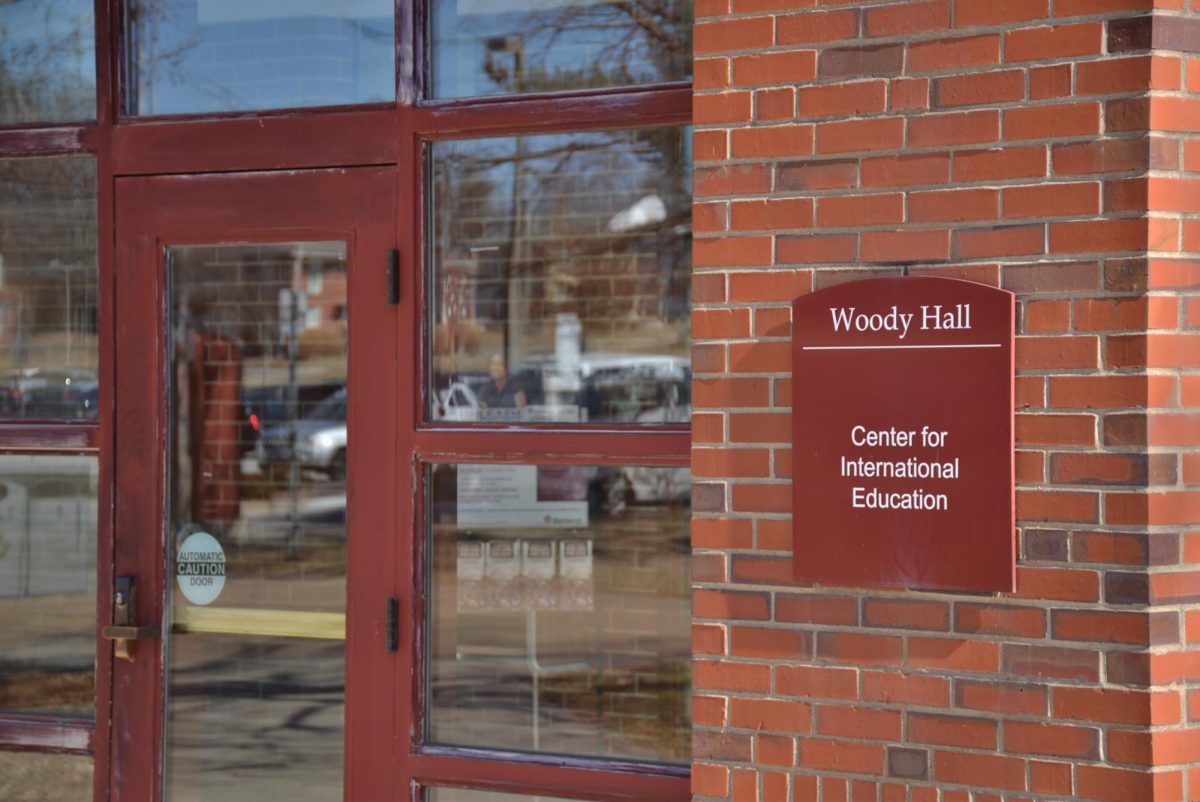

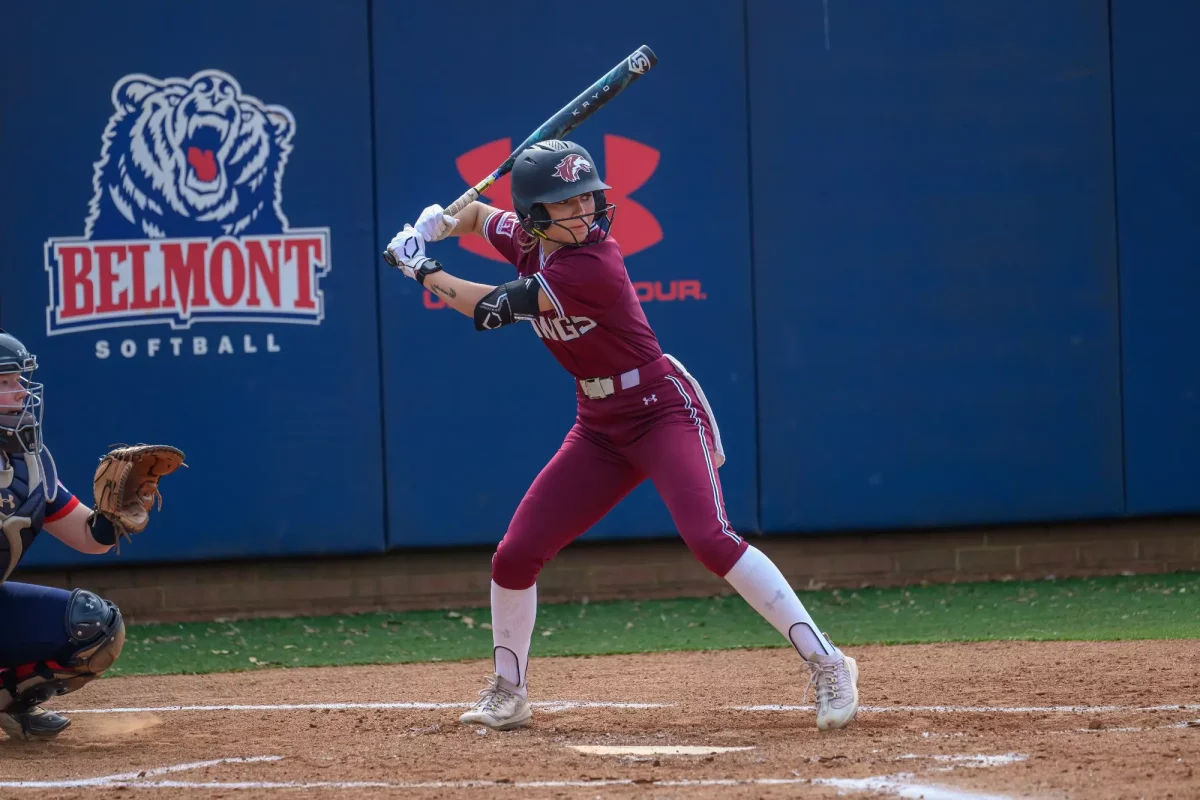

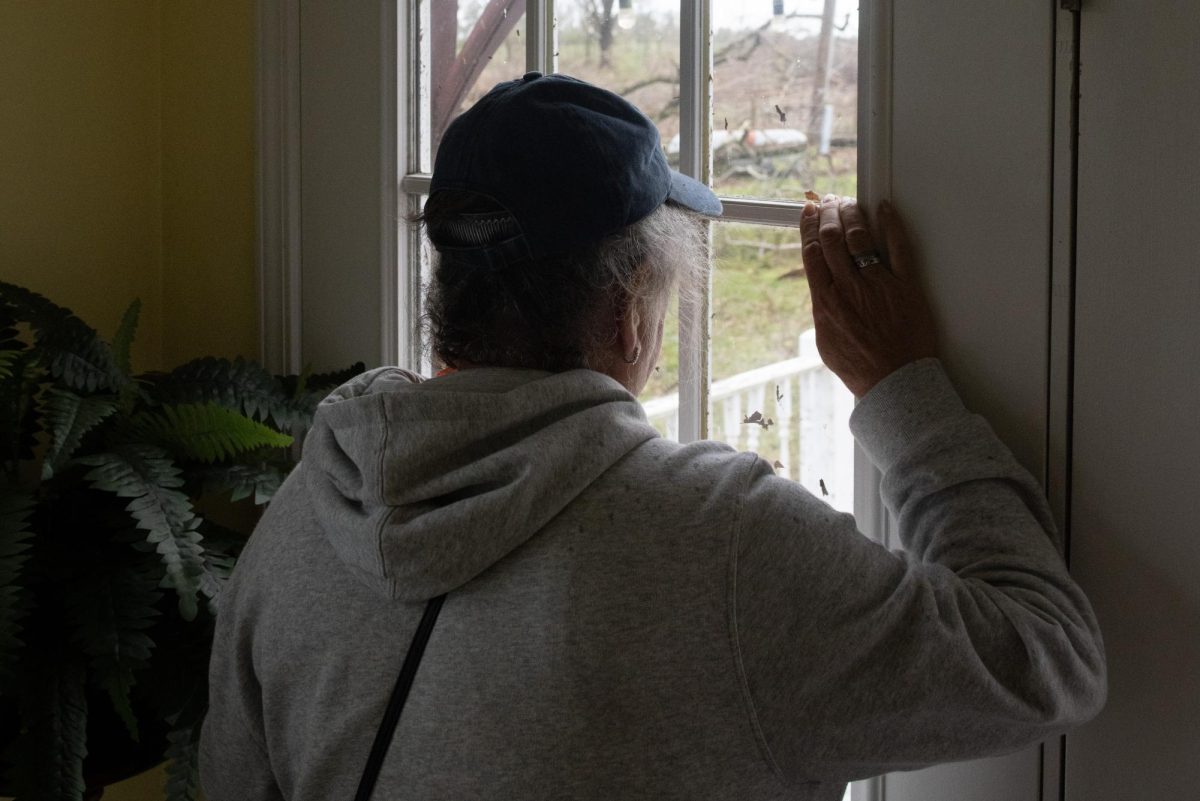
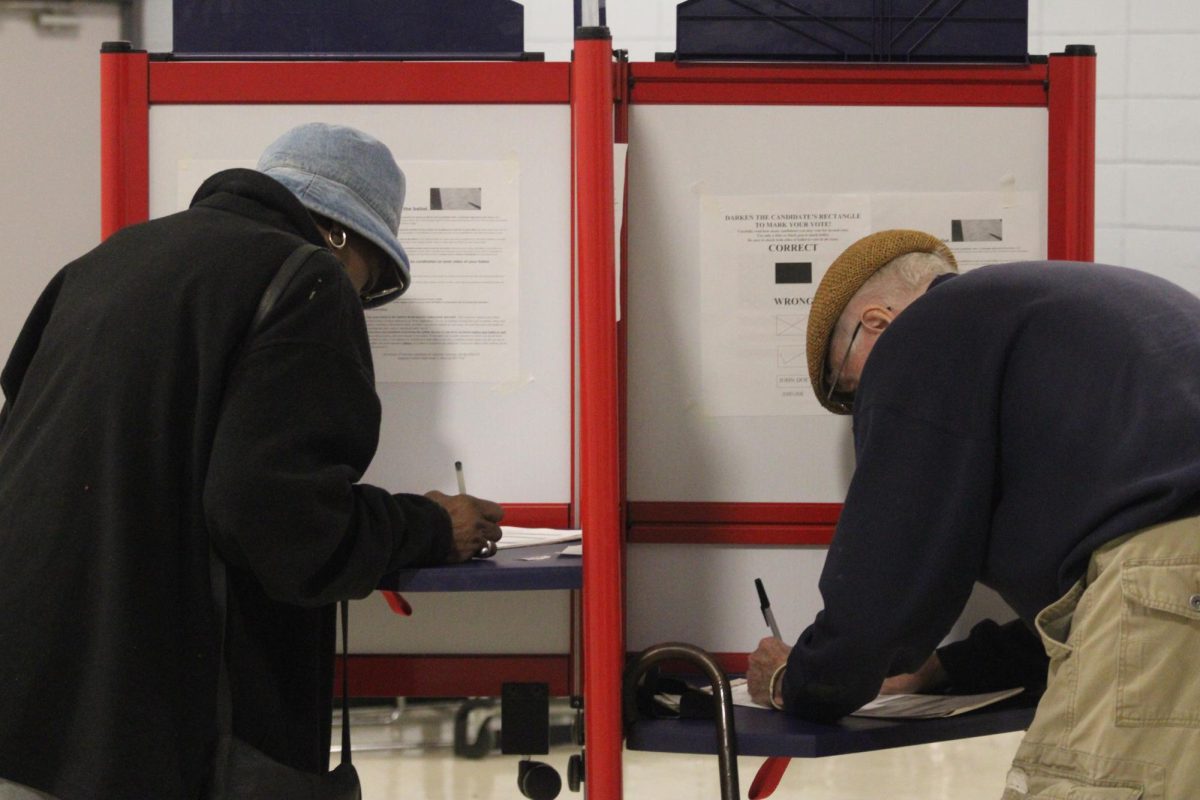
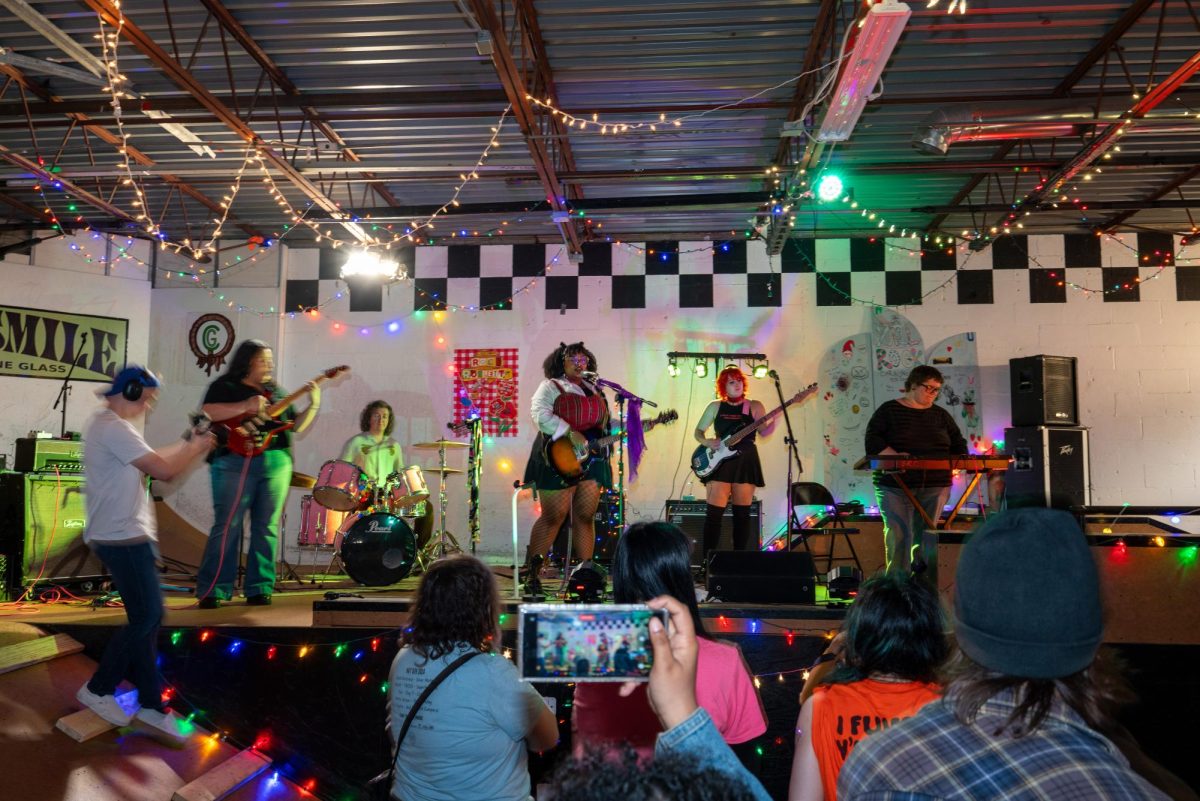
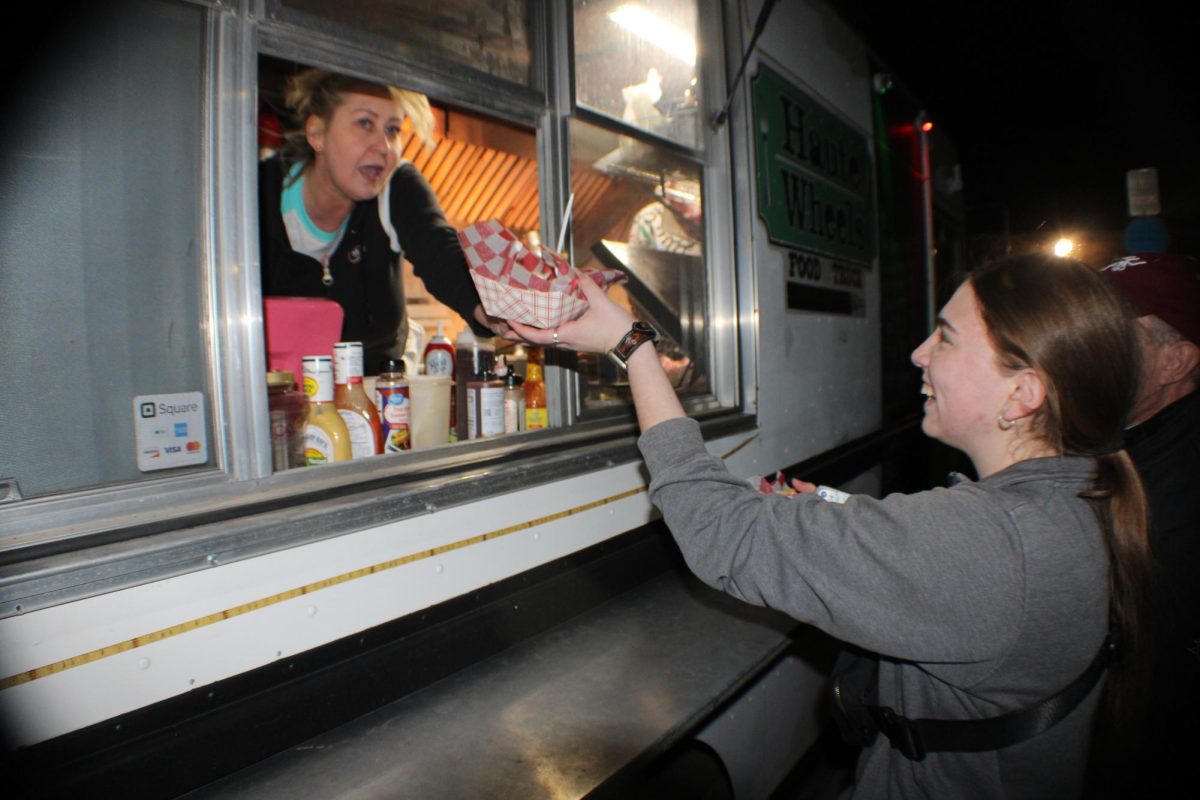
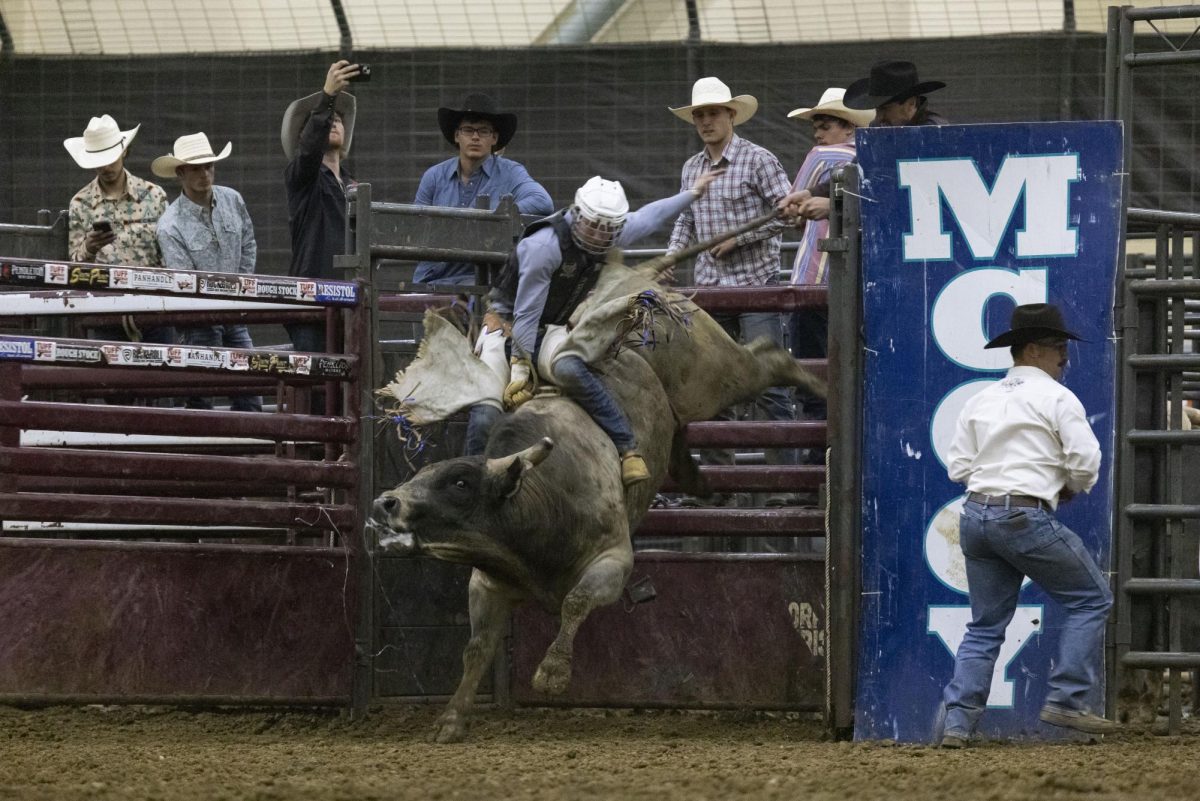
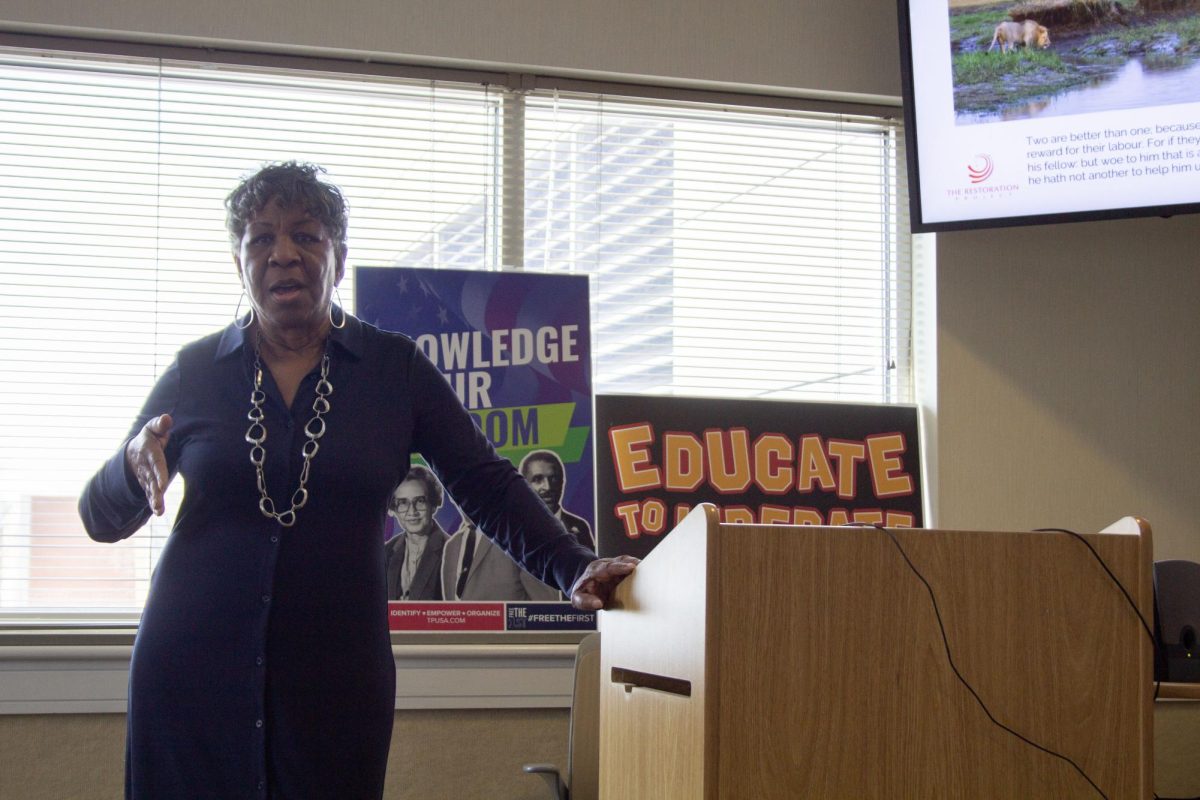
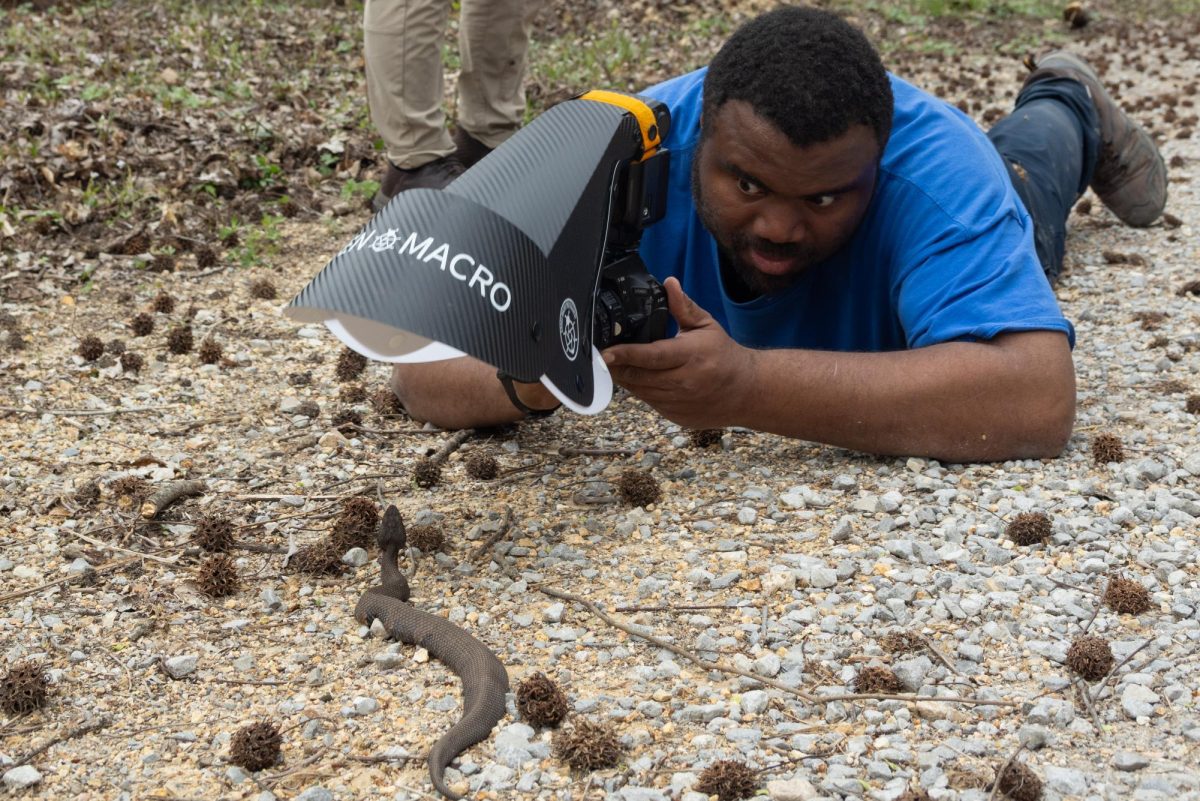
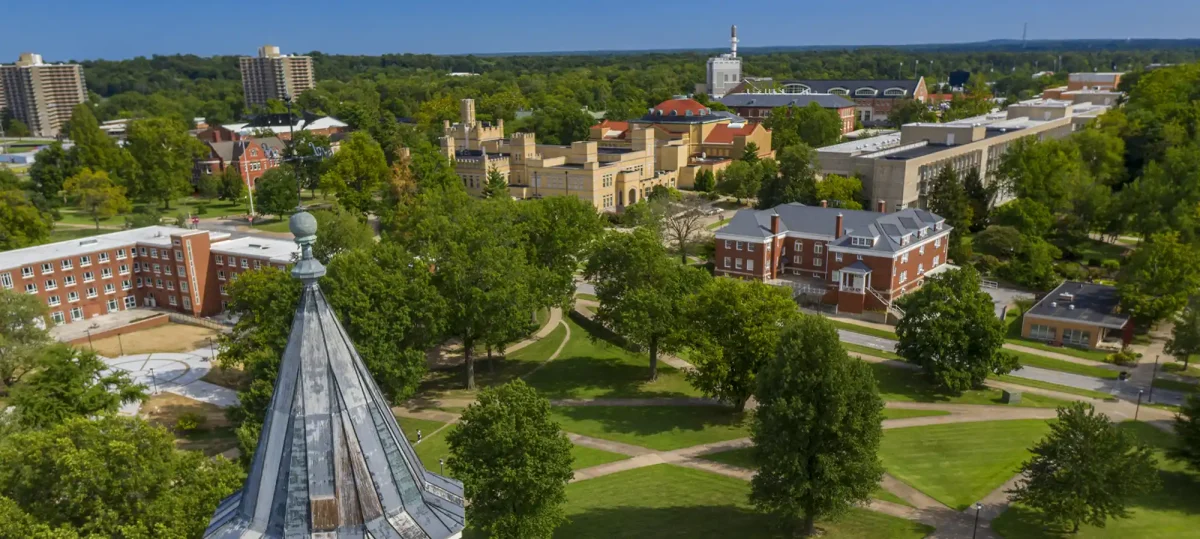
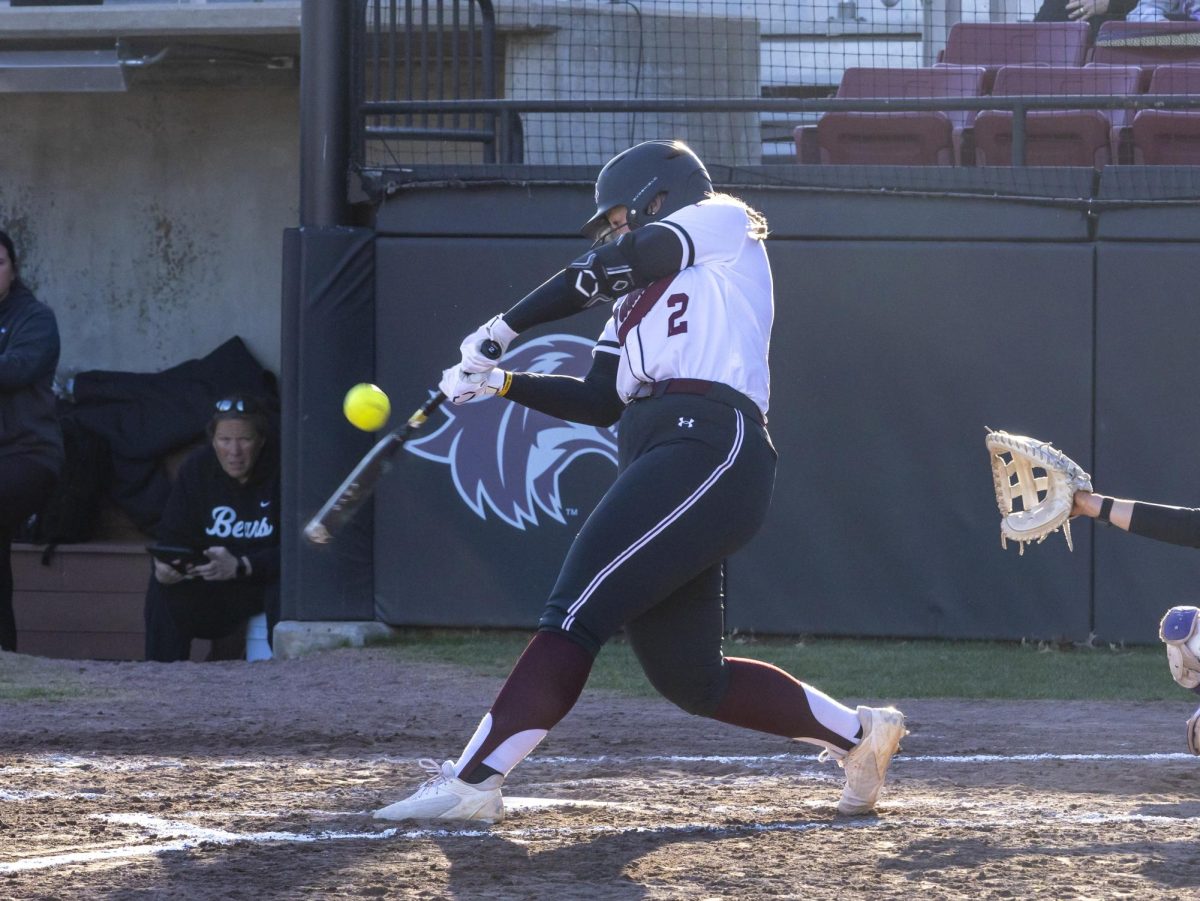

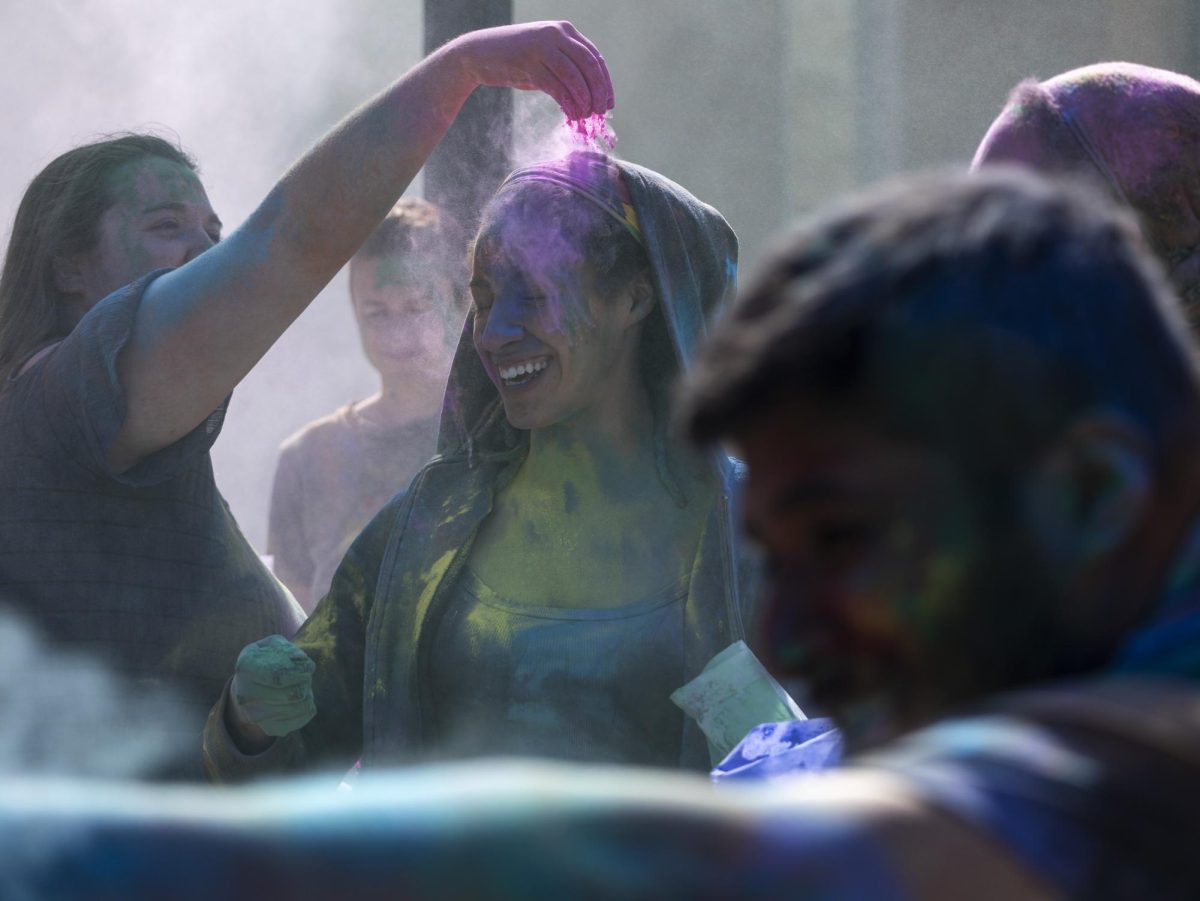

Tony Williams • Jan 25, 2024 at 4:33 pm
This is more than “cause for concern” but a matter of total disgrace. Why is money going to Sports when it should be diverted to renovation? As long as this lasts, students will stay away, faculty leave – if they can – and this University go the way of the building in Poe’s House of Usher. If higher administration and B.O.T. think these new sports facilities, future students may find they have no buildings to have any classes!